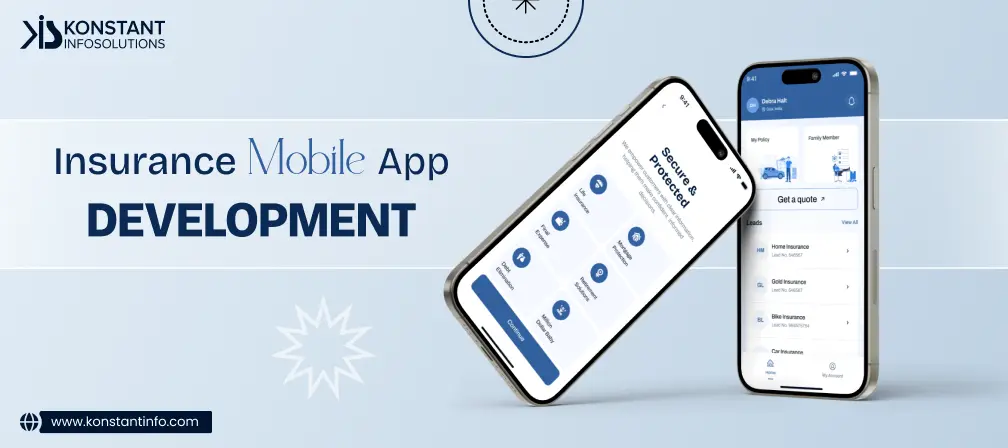
Building an Android app and launching it right is one thing and attaining success with it is another. There are reports that suggest that more than a quarter of the apps on Android store face a stiff competition with similar apps and face serious constancy failures with users. These apps are mostly based on some common utility or some recurring concept. If you go deep into the figures, about 22% of the downloaded apps are found to be never used more than once. Nearly 15% of the lot are uninstalled within the first week of being used. This could be because they are just not offering users the features and solutions they are seeking. Or maybe they are just too lazy to interact or too gaudy to interface with them. Their maybe even issues with changing utility matrix and evolving consumer choices that they are not able to keep pace with.
These figures are upsetting for sure. But there’s a way out for you to ensure that all your money and effort spent on your Android app development go in the right direction. This is by measuring the performance or your application and fixing the downsides and limitations in time to attain the most of the value in return.
All of it comes to serve in 6 highly useful metrics:
ARPU (Average Revenue Per User) is the measure to calculate the contribution of each active user to the total amount of revenue.
The formula to be followed to calculate ARPU is:
ARPU: Total Revenue Generated While a Specific Timeframe / Total Number of Active Users While a Specific Timeframe.
For each different mobile category and revenue model, ARPU is calculated differently. Therefore, you can’t expect it to offer you a transparent picture and tell you clearly about the usefulness of your application. But, you can definitely get valuable information on revenue and can contribute to your planning with advertising campaigns, in-app purchases, subscriptions while making your comparison with earnings quite easy.
Retention Rate is simply the percentage of the total users, who keep coming back to your app, measuring a total number of users compared to total number of revisits. With this, you will be able to determine the number of users you are unable to churn and convert into loyal visitors.
The Retention Rate of your app can be determined in two different ways: a
Aggregate Retention: Total monthly active users / Total number of app installs during the same period
Retention Over a Specific Time: Total number of users retained till a specific period / Total number of installs at the beginning of that given time
To take an estimation of Cost Per Install (CPI) you need to track paid install and keep the organic ones aside. This could be assessed by tallying the acquisition costs for all the users who have installed your app by seeing an ad.
Here’s how you calculate it:
CPI: Total cost of advertisement / Total paid installs
Cost Per Loyal User (CPLU) refers to the calculation of the marketing cost involved in acquiring a loyal user. Loyal users of your app are those users who open your app at least three times.
CPLU: Total advertisement expenses / the number of new loyal users being acquired in response to ads
Apart from this, when combined with ARPU; CPI and CPLU can be used to calculate ROI for your paid campaigns.
Session intervals track the frequency of app users returning to your application. With this, you can measure how engaged are the users with your app. This means, with session intervals you can measure the time between a user’s sessions.
Short session interval is a sign that users are more often using your app. Measuring app session intervals helps you to determine the time lags between the sessions, which helps you optimize it for experience and engagement to trigger more regular responses. Which you can do by allowing your application to respond to your user’s routine and boosting interaction through different engagement tactics and communication practices.
Churn rate is the companion metric to retention. This helps you measure the percentage of users who continue to use your app. That also means, with churn rate you are able to identify the number of active users who have discontinued to use your app.
Churn rate varies depending on the type or category of an app it is. But as per a research done by Localytics it was found that during the first month, 58% of users churn and the average reaches to 75% by the third month.
App event tracking is about monitoring the way users interact with app features and respond to navigation, instances and interactive elements of the app. Events can be anything from making a purchase to reaching a certain stage of a game. Besides event tracking, it also analyzes user actions and responses. This allows them to figure out how different events are performing and how to make them deliver their best.
The metrics mentioned above allow you to measure how your Android app is performing and get hold of all the details necessary to figure out how users are responding to it and what all it takes to assure success for it.
For more details on Android app development and regarding tracking the performance of your app contact us at [email protected]



A marketing graduate, a deemed strategist, a sure geek - Tushar is a fine blender of the art and science of writing. When it comes to tune up content with commerce, he knows the trick. For him, if words don’t make you think and beat, they are not worth your time. A crazy foodie, an unfailing jogger – that’s him off the desk!
Or send us an email at: [email protected]